Evolution is the scientifically supported theory explaining how species change over generations through natural selection and genetic drift. It describes how life diversifies‚ adapting to environments. Observable examples‚ like the peppered moth and Galapagos finches‚ demonstrate evolutionary changes over time‚ shaping biodiversity.
1.1 Definition and Overview
Evolution‚ a fundamental concept in biology‚ refers to the gradual and cumulative changes in the heritable characteristics of species over successive generations. These changes arise from genetic variations‚ natural selection‚ genetic drift‚ and other mechanisms. The theory of evolution explains how life on Earth diversified‚ from simple organisms to complex forms‚ through processes like mutation‚ gene flow‚ and speciation. It is supported by overwhelming evidence from fossils‚ comparative anatomy‚ molecular biology‚ and biogeography. Evolution is not random but driven by environmental pressures‚ leading to adaptation and survival of better-suited traits. This scientific framework provides a unifying explanation for the diversity of life and its history. Understanding evolution is essential for fields like medicine‚ ecology‚ and conservation‚ as it sheds light on how species interact and respond to changes. The evidence for evolution is vast and continues to grow‚ reinforcing its validity as a cornerstone of modern biology.
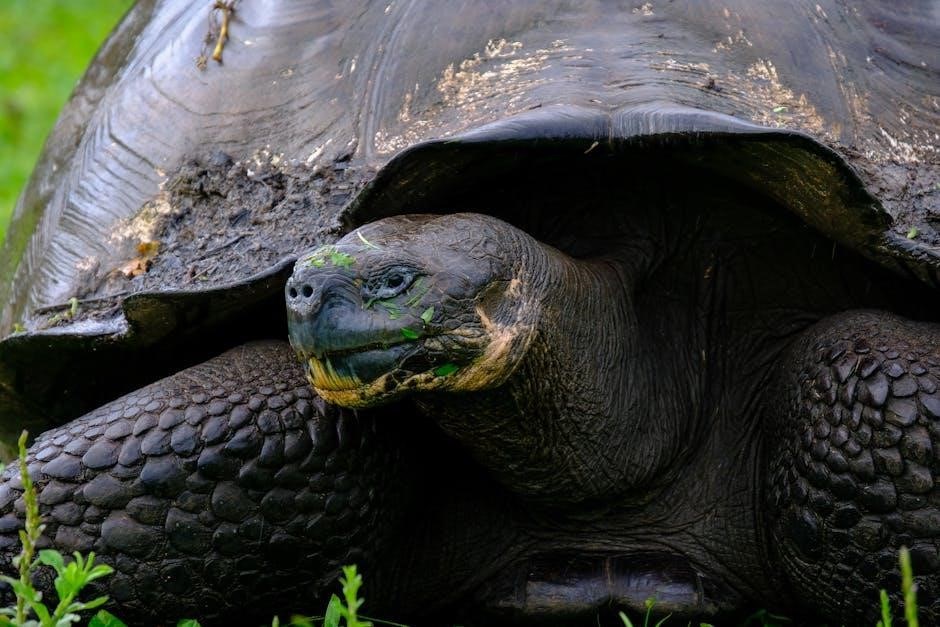
Fossil Record Evidence
The fossil record provides clear evidence of evolutionary changes‚ with transitional fossils like early tetrapods and whale ancestors showing gradual adaptations. These discoveries align with evolutionary timelines‚ documenting species’ transformations over millions of years.
2.1 Transitional Fossils and Timeline

Transitional fossils are key evidence of evolution‚ showcasing intermediate forms between different species. These fossils reveal gradual changes in life forms over time‚ aligning with evolutionary theory. The timeline of fossils‚ such as those of whales evolving from land mammals or birds from theropod dinosaurs‚ demonstrates clear evolutionary transitions. For example‚ Tiktaalik‚ a 375-million-year-old fossil‚ exhibits both fish and amphibian traits‚ illustrating the transition from aquatic to terrestrial life. Similarly‚ fossils like Archaeopteryx bridge the gap between dinosaurs and modern birds‚ with traits such as feathers and a wishbone-shaped collarbone. The geological record shows these transitional forms in the correct chronological order‚ supporting the gradual nature of evolution. These discoveries confirm that species evolve and diversify over millions of years‚ providing a tangible link between past and present life forms. The consistency of the fossil record with evolutionary predictions underscores its validity as scientific evidence. Transitional fossils and their timeline are fundamental to understanding the history of life on Earth.

Comparative Anatomy
Comparative anatomy reveals similarities in body structures across species‚ such as homologous bones in vertebrate forelimbs‚ indicating shared ancestry. Vestigial organs‚ like the human appendix‚ further support evolutionary theory by showing remnants of ancestral features.
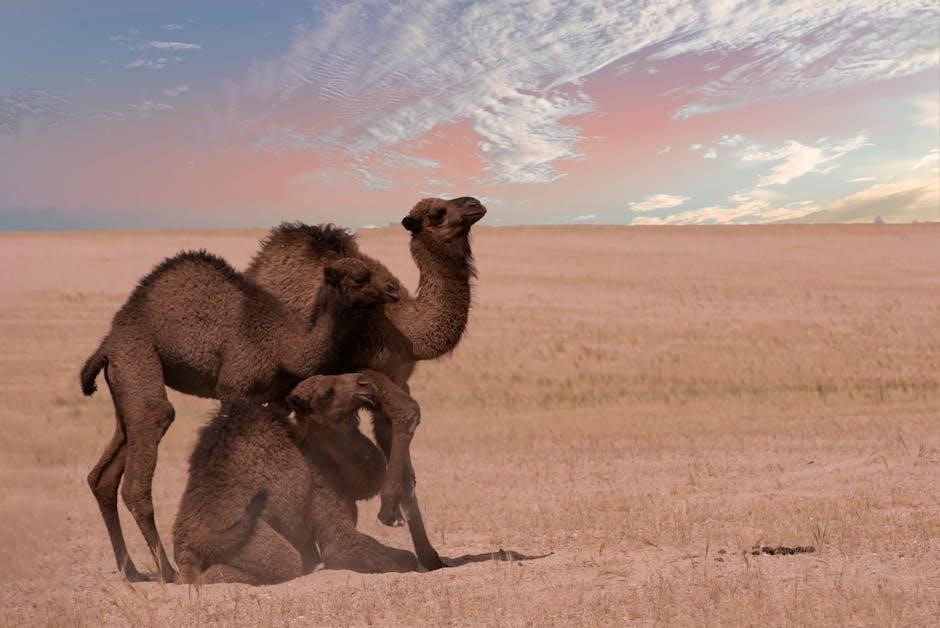
3.1 Homologous Structures Across Species
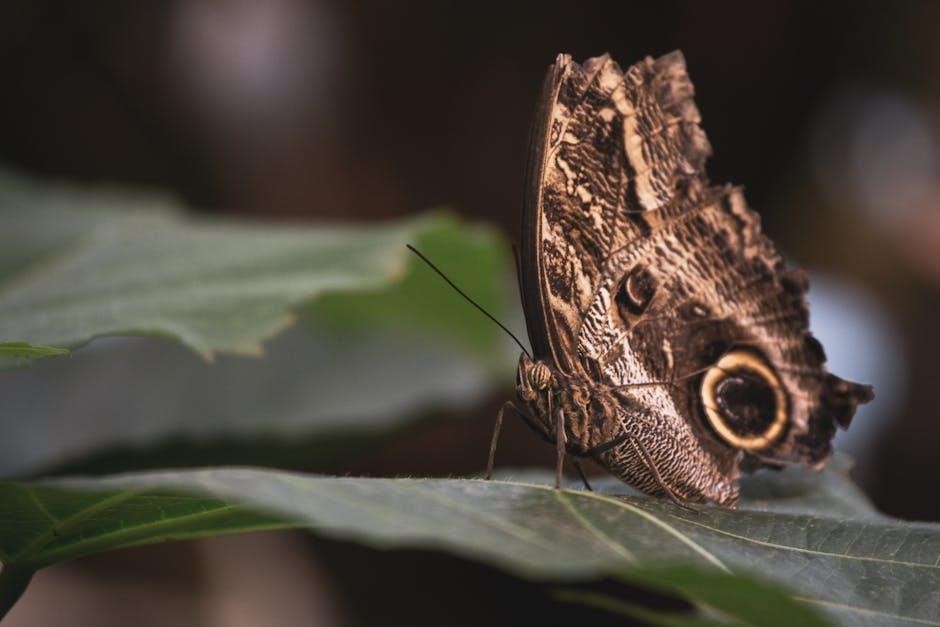
Homologous structures are body parts of different species that share a common ancestral origin‚ despite their potentially different functions. These structures provide strong evidence for evolution‚ as they reflect shared ancestry. For example‚ the forelimbs of humans‚ birds‚ whales‚ and dogs all have the same basic bone structure‚ though they are adapted for different purposes—walking‚ flying‚ swimming‚ and running. This similarity is best explained by descent from a common ancestor with a similar limb structure. Other examples include the pentadactyl (five-boned) limb pattern in vertebrates and the vertebrate eye‚ which has a comparable structure across species. Homologous structures also extend to internal organs‚ such as the human appendix and the more functional cecum in herbivores‚ both derived from the same ancestral organ. These similarities highlight how evolution modifies existing structures to suit different environments and lifestyles‚ rather than creating entirely new ones. By studying homologous structures‚ scientists gain insights into evolutionary relationships and the history of life on Earth.
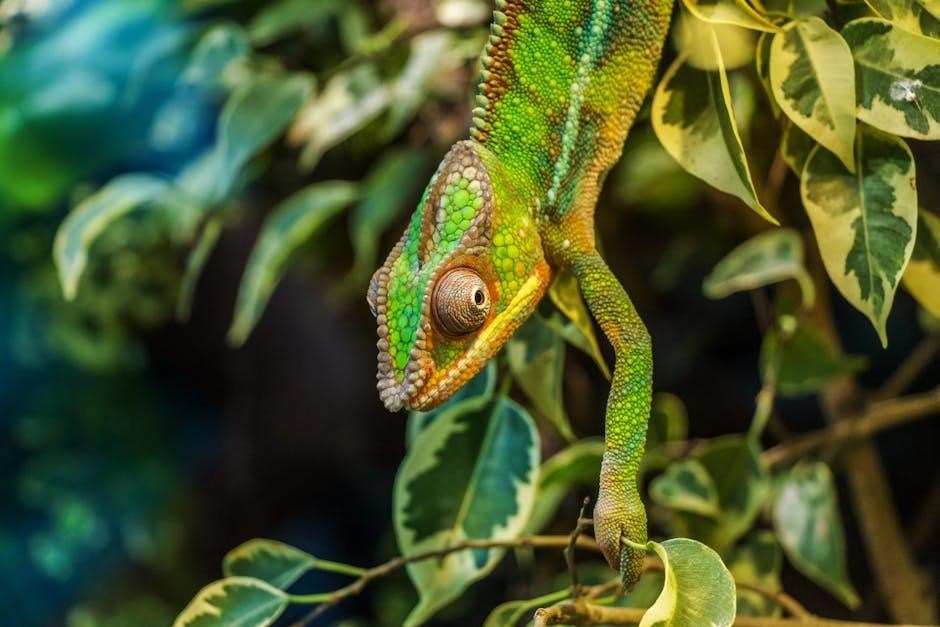
Molecular Biology
4.1 DNA and Protein Sequence Similarities
DNA and protein sequence similarities across species provide strong evidence for evolution. Shared genetic material‚ such as hemoglobin in mammals‚ demonstrates common ancestry. Mutations and natural selection drive these molecular changes‚ creating observable patterns of divergence over time.
DNA and protein sequence similarities across species provide compelling evidence for evolution. These similarities reveal shared ancestry‚ as closely related species exhibit fewer differences in their genetic material. For instance‚ humans and chimpanzees share nearly 99% of their DNA‚ while more distant species‚ like humans and mice‚ share around 85%. Such patterns align with evolutionary relationships inferred from fossils and anatomy.
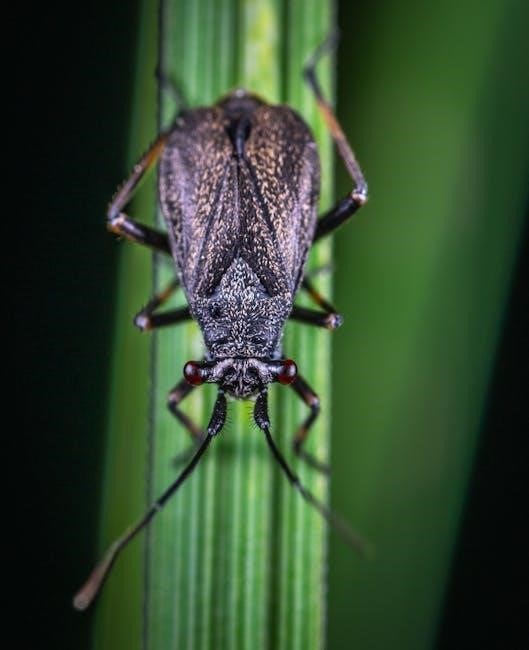
Mutations and natural selection drive gradual changes in DNA over time‚ leading to the observed variations in protein sequences. Proteins like cytochrome c and hemoglobin show consistent differences among species‚ with their structures reflecting evolutionary divergence. For example‚ human and horse hemoglobin sequences differ by about 25%‚ consistent with their evolutionary separation millions of years ago.
Additionally‚ conserved regions in DNA and proteins across species highlight functional importance. These regions remain largely unchanged due to strong selective pressures‚ further supporting the evolutionary framework. The degree of similarity correlates with the relatedness of species‚ reinforcing the concept of a common ancestor and gradual evolutionary change.

Biogeography

Biogeography studies the geographic distribution of species‚ revealing patterns consistent with evolutionary theory. Isolated regions‚ like islands‚ develop unique species‚ supporting the idea of descent with modification and adaptation to specific environments over time.
5.1 Geographic Distribution of Species
Biogeography‚ the study of the geographic distribution of species‚ provides strong evidence for evolution. Different species often exhibit distribution patterns that align with their evolutionary relationships. For example‚ the unique species of the Galapagos Islands‚ such as finches and tortoises‚ are closely related to species found on the South American mainland‚ suggesting a shared ancestry. Similarly‚ Australia’s isolation has led to the evolution of distinct marsupials‚ which are unrelated to similar-looking placental mammals elsewhere. These patterns can only be explained by evolutionary processes‚ as species adapted to their environments over time. Additionally‚ the distribution of fossils‚ such as those of ancient whales in landlocked areas‚ supports evolutionary transitions from land to sea. The geographic distribution of species reflects their evolutionary history‚ with isolation and migration driving speciation. This alignment between geography and genetic relationships is a key pillar of evolutionary theory‚ demonstrating how life has diversified and spread across the globe.



